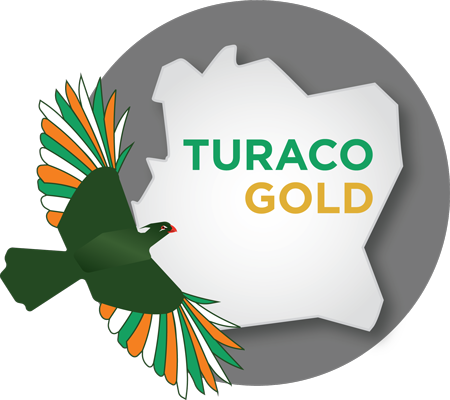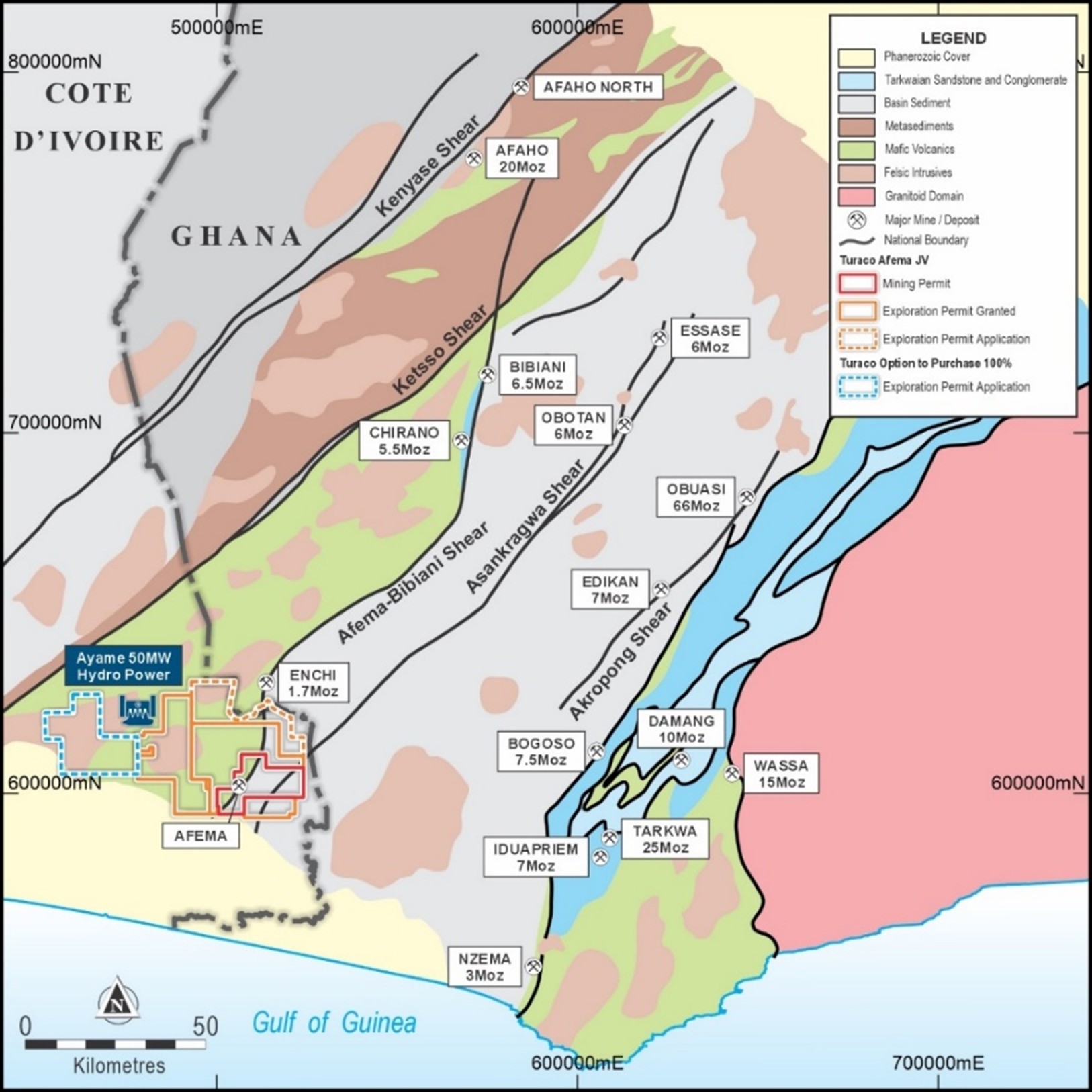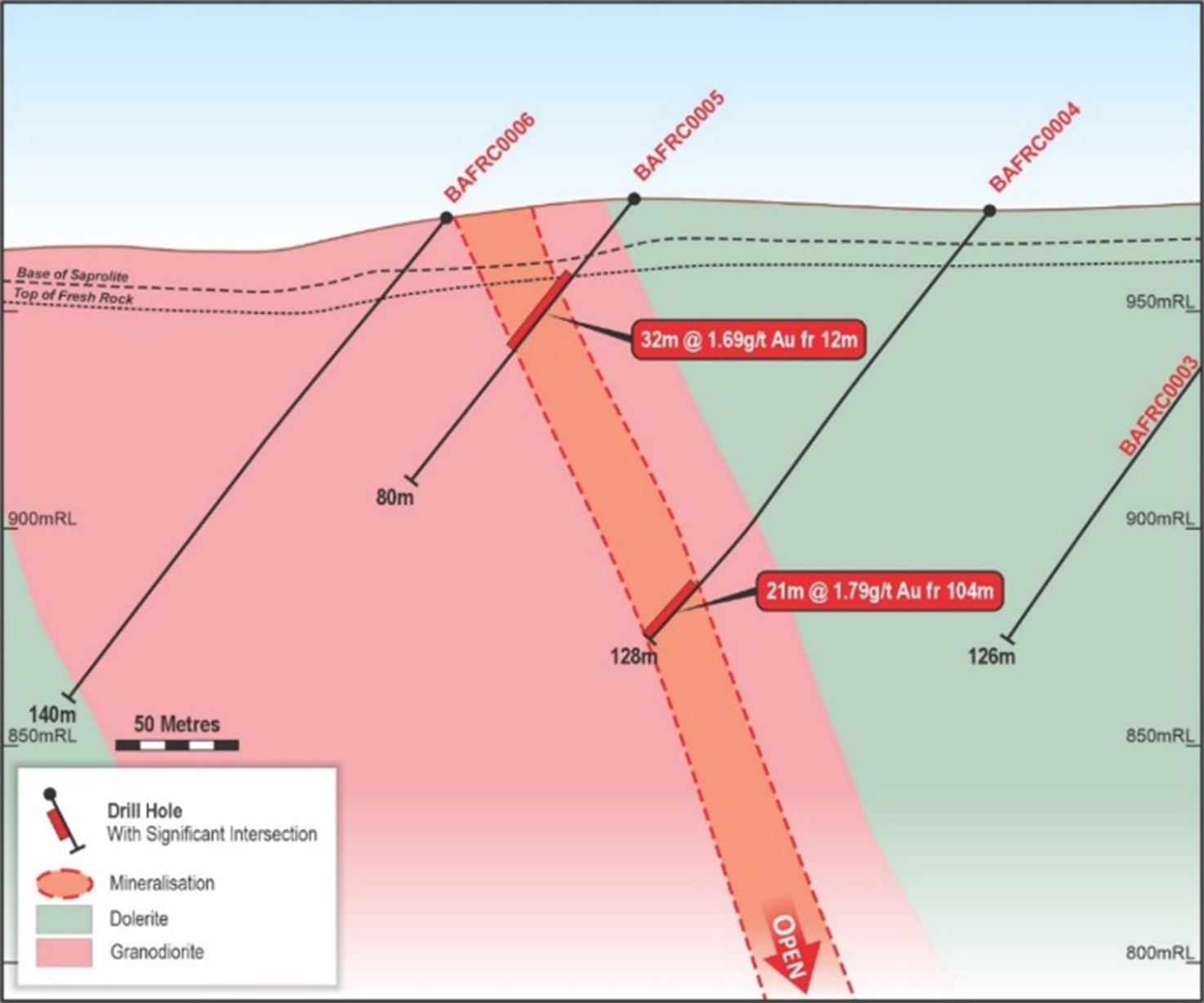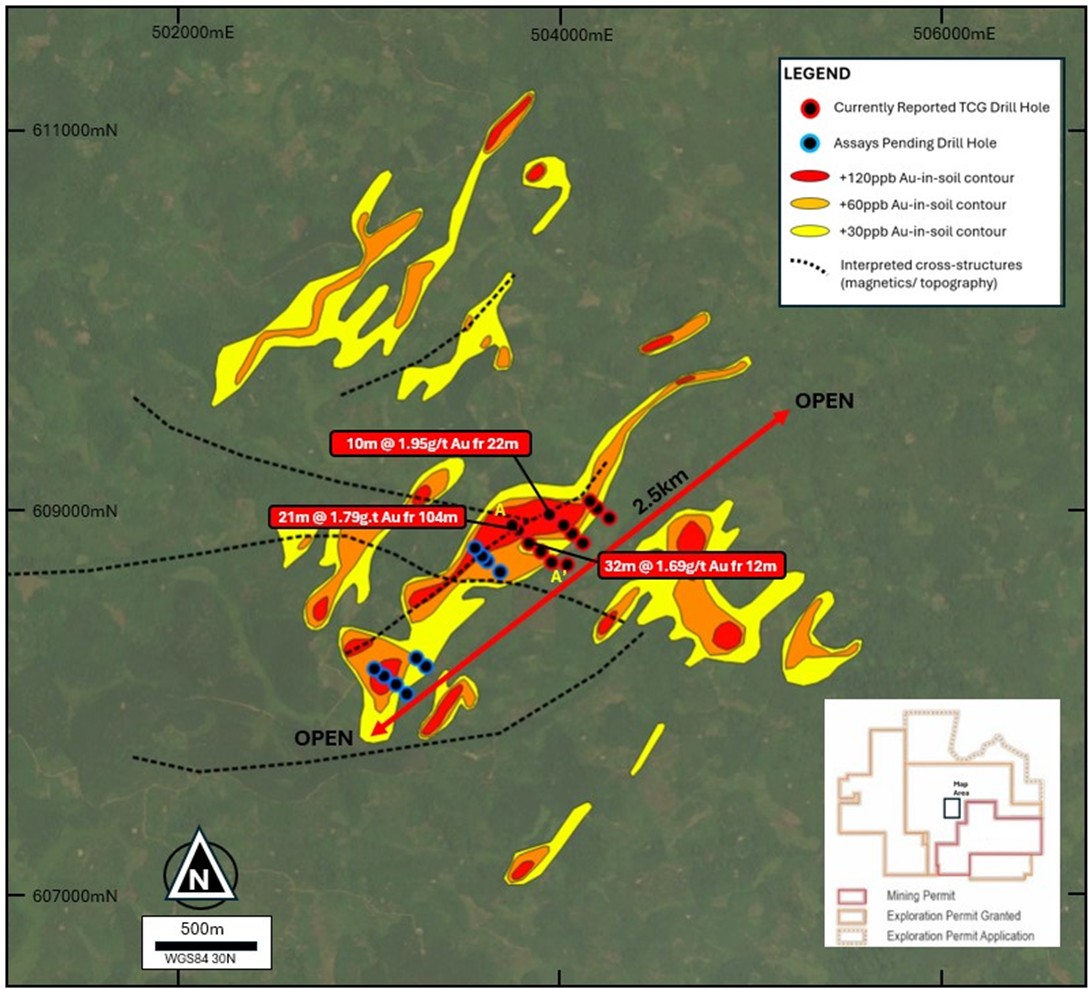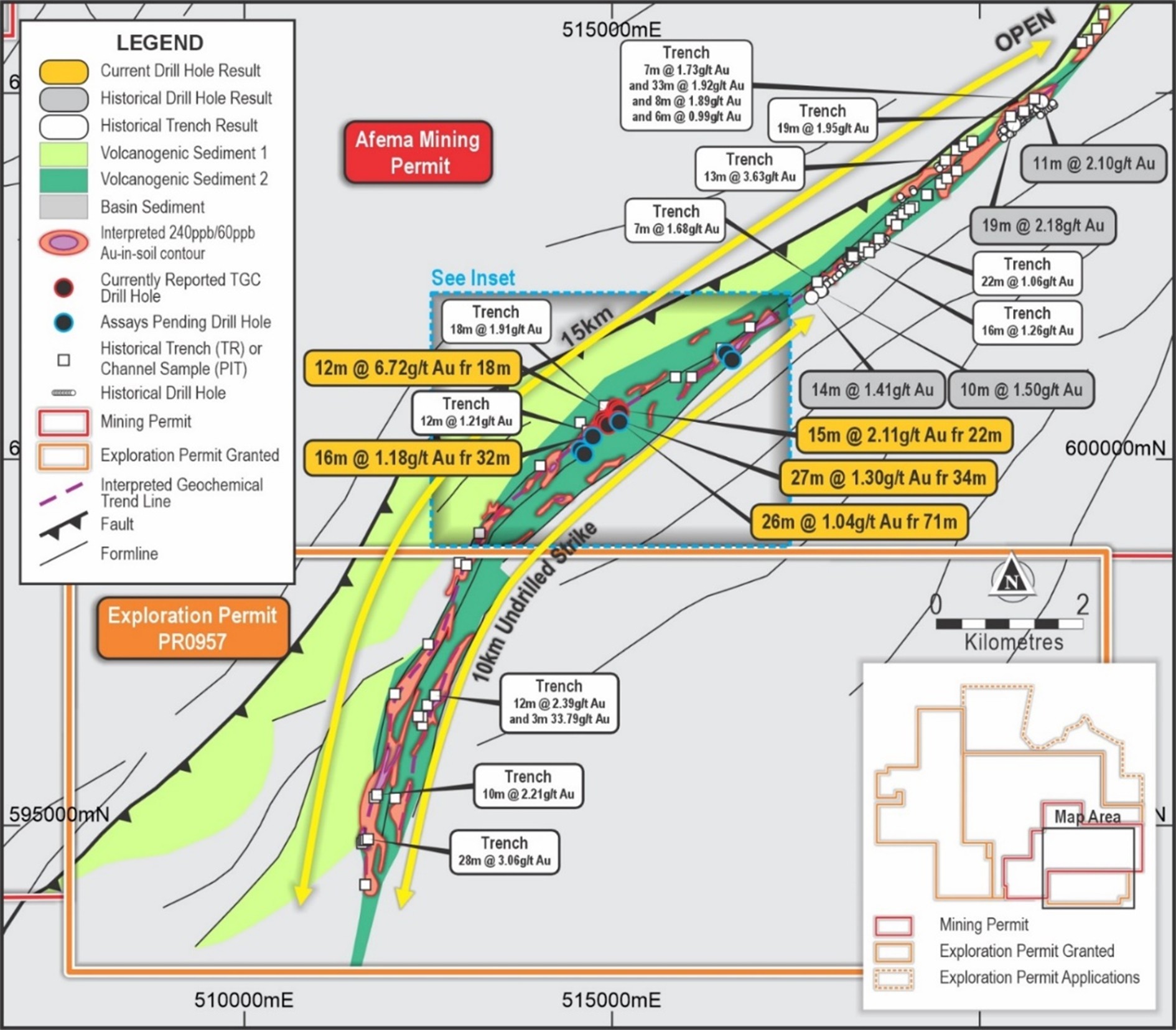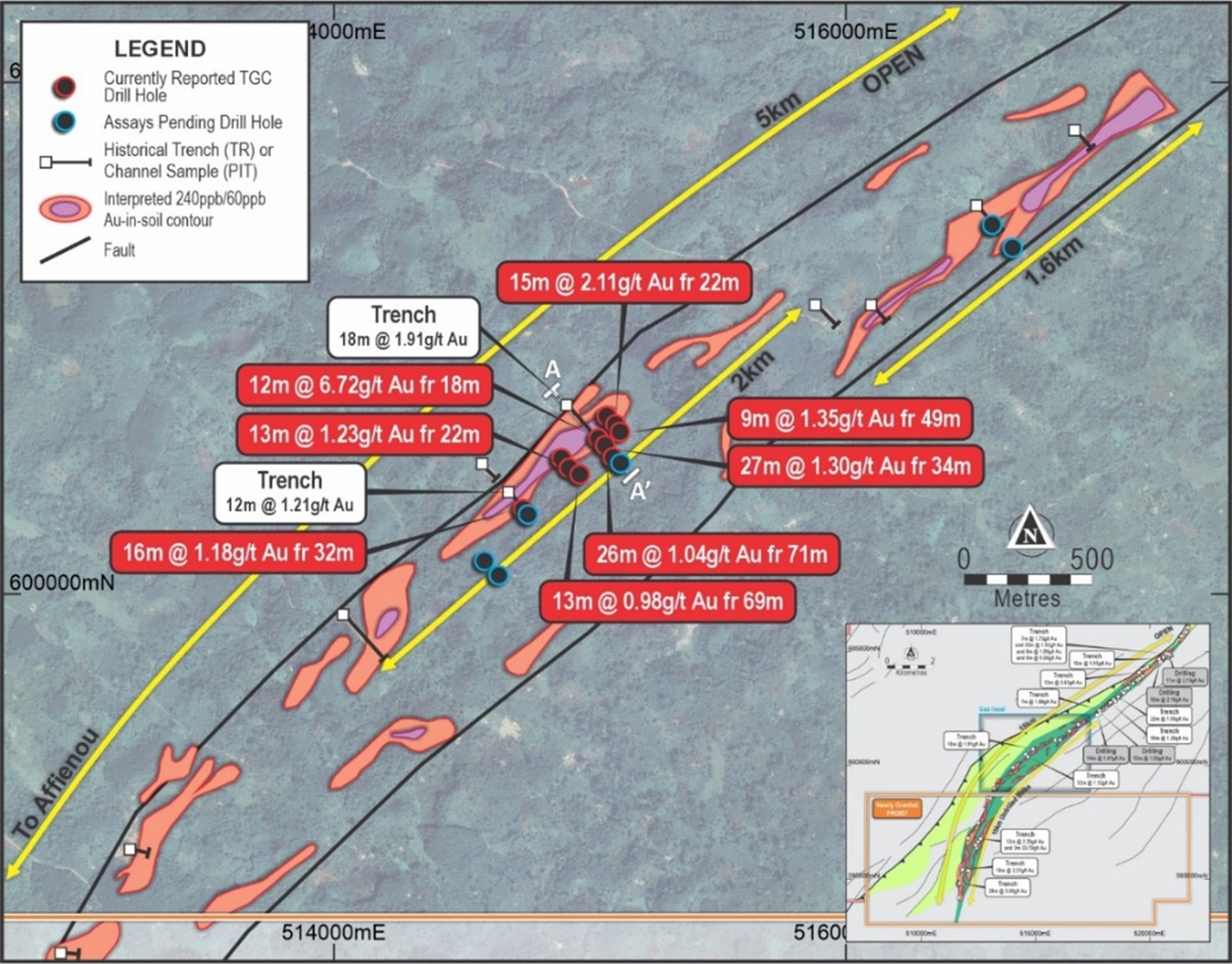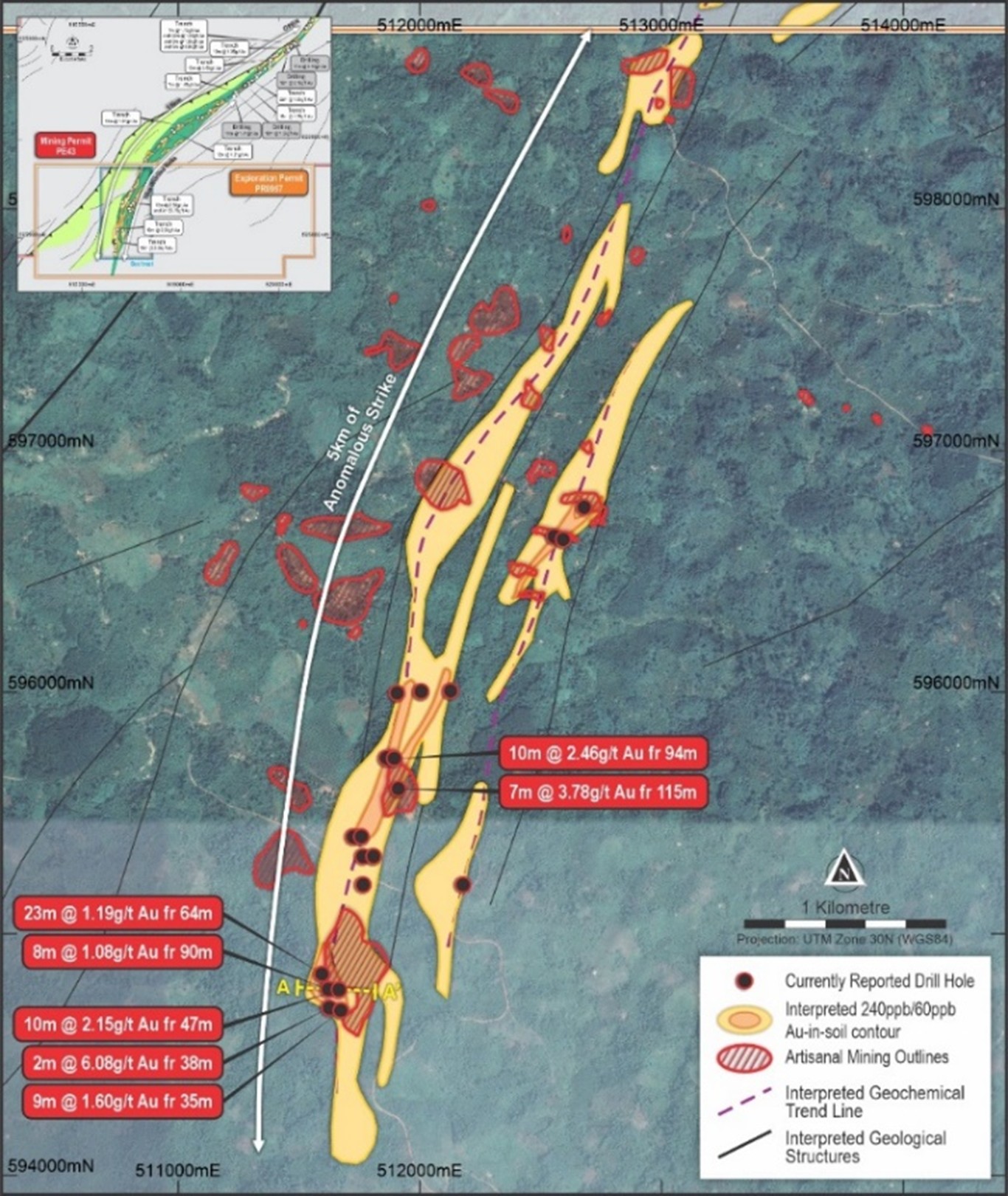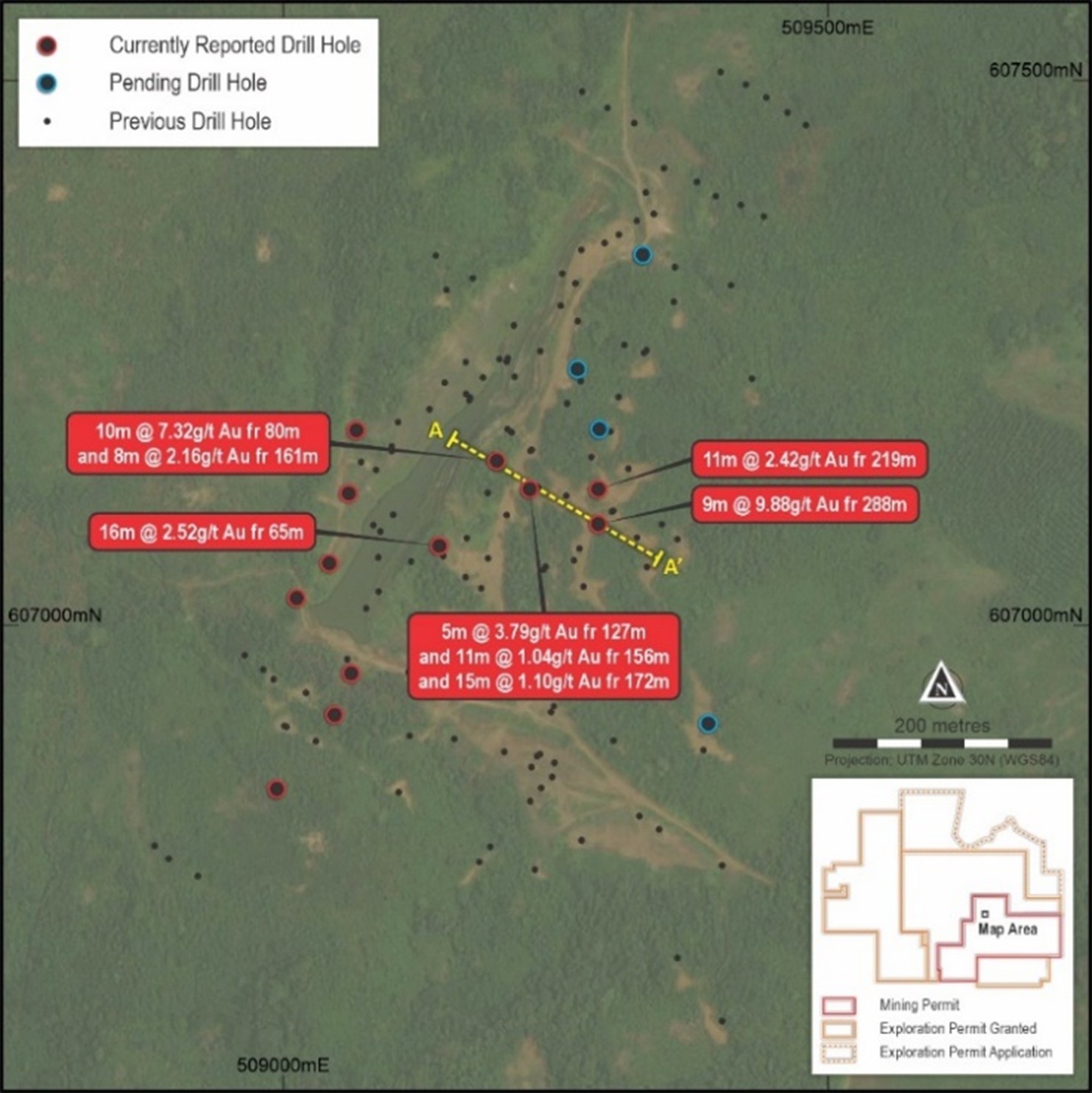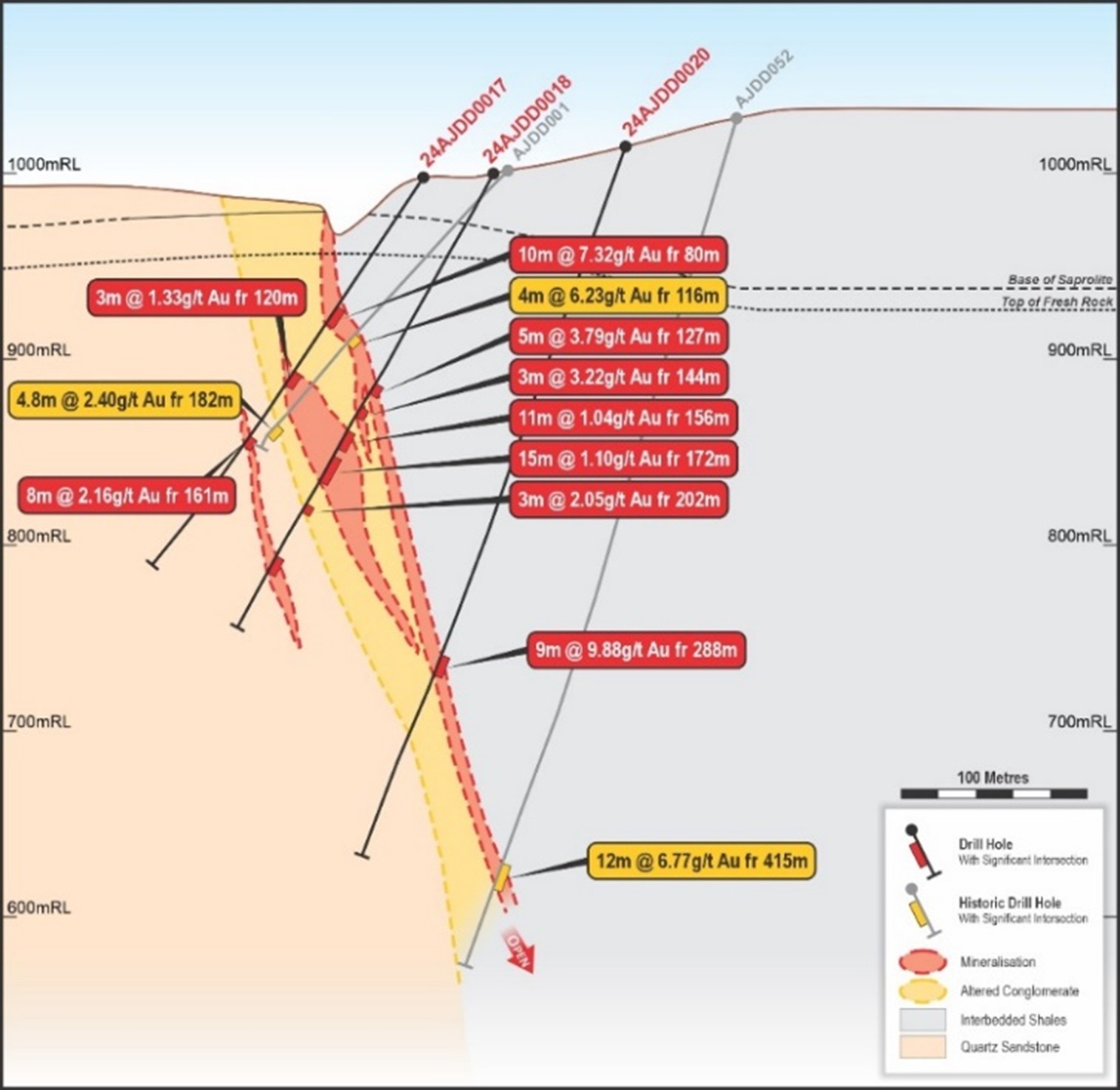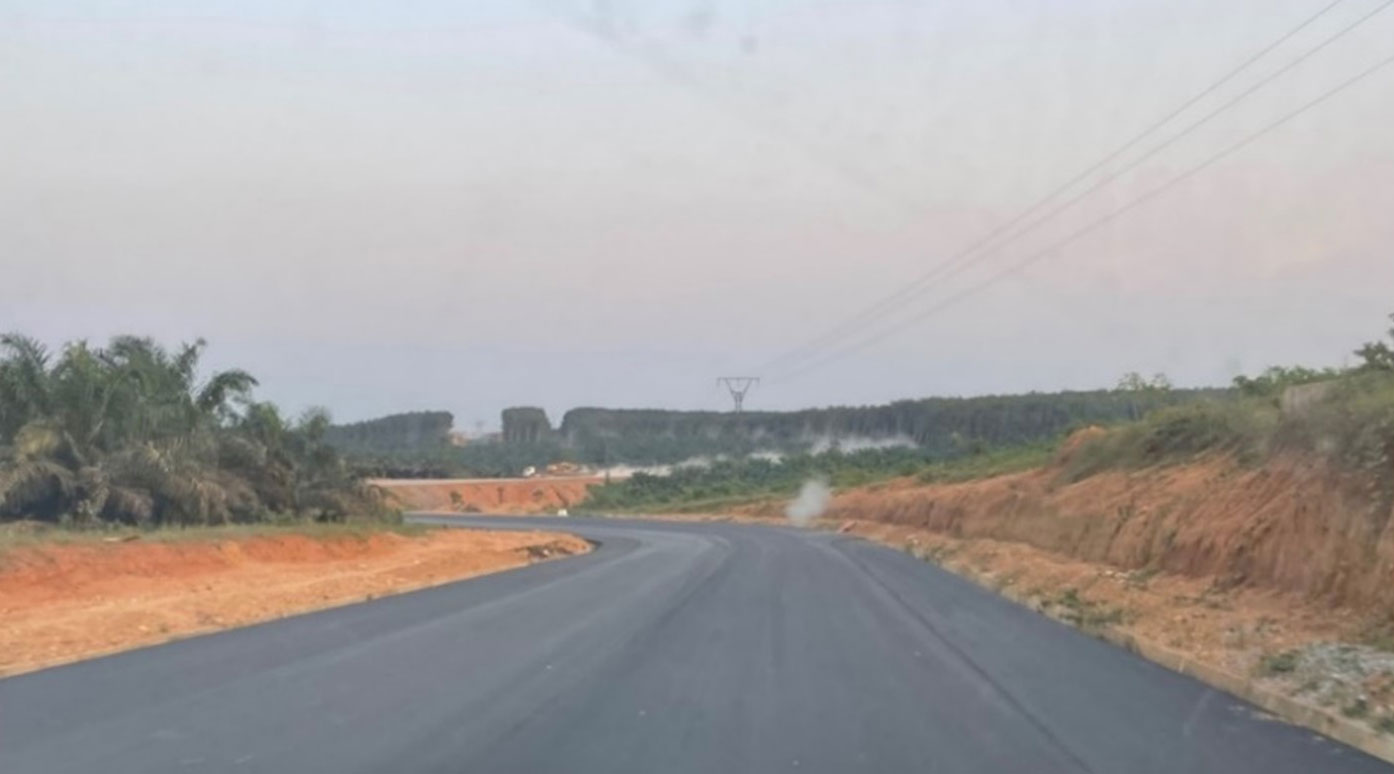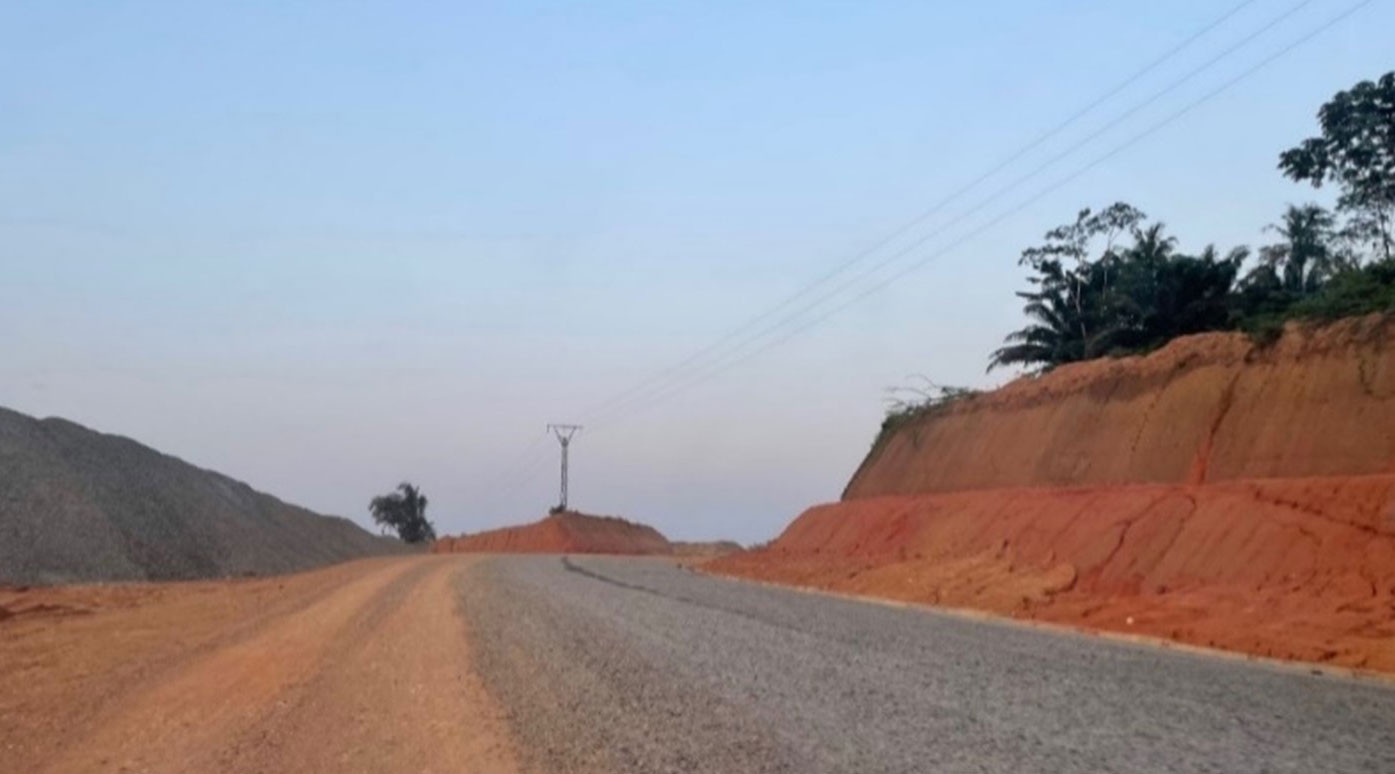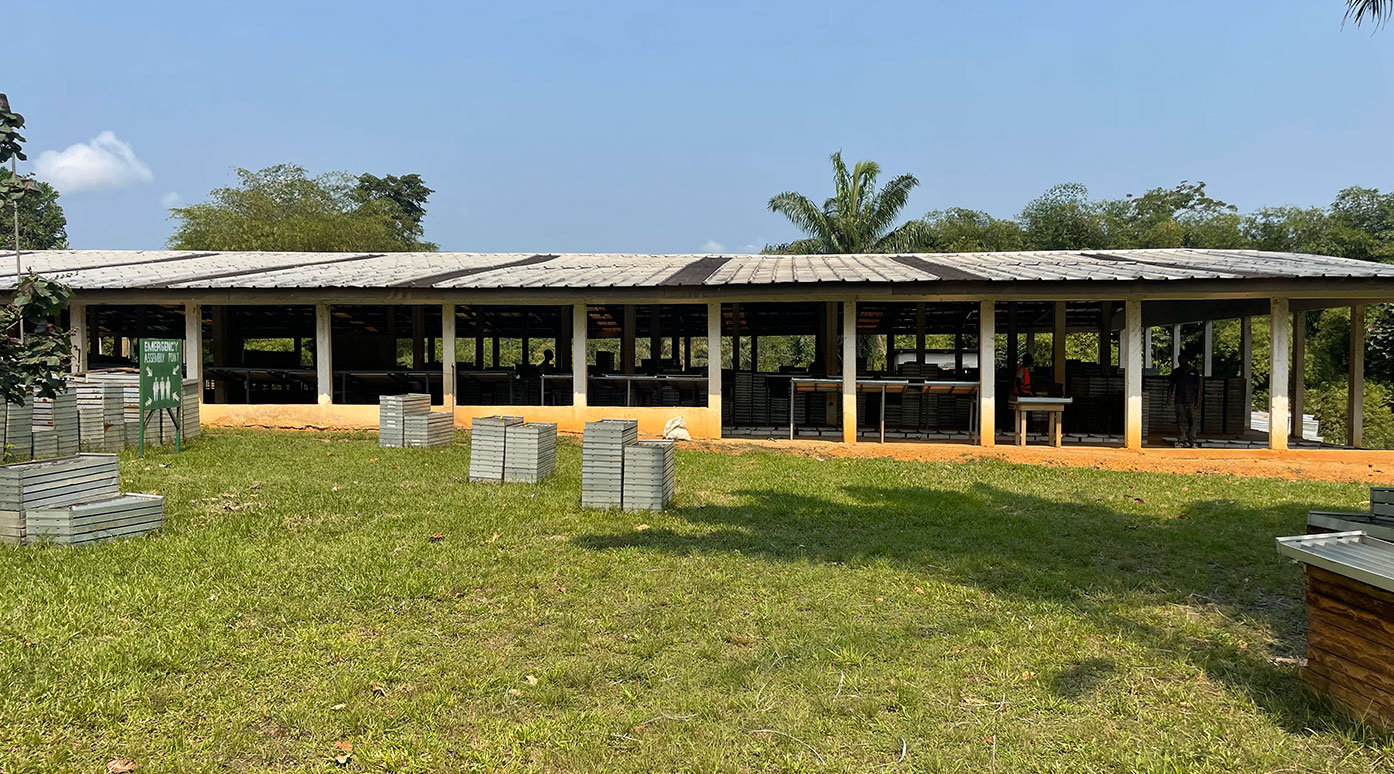Exploration Activity During the December Quarter
Exploration Success with new Baffia Discovery
Following the announcement of the maiden 2.52Moz MRE and with the end of the wet season in Cote d’Ivoire, the December Quarter saw Turaco commence testing several undrilled, large scale exploration targets, all located in close proximity (<10 kilometres) of the Woulo Woulo (JORC MRE of 1,250koz @ 0.9g/t gold), Jonction (JORC MRE of 660koz @ 2.0g/t gold) and Anuiri (JORC MRE of 600koz @ 1.6g/t gold) deposits included in the 2.52Moz MRE.
The Baffia prospect is within the granted exploration permit adjoining the granted Afema mining permit and is located approximately 3 kilometres to the northwest of the Jonction deposit.
The Baffia geochemical anomaly covers an area of ~3.5 kilometres by ~2.5 kilometres located over a granodiorite adjacent to the regional significant ‘Ayame’ granitoid. Within the broader anomaly several discrete higher tenor zones have a northeast trend. The first phase of drilling was testing the central higher tenor anomaly that extends for ~2 kilometres. The granodiorite is a complex multiphase intrusion with the Baffia anomaly limited to a portion of the complex characterised by abundant slivers of mafic rock.
Maiden drilling was undertaken at Baffia with a reconnaissance style program completed of 23 RC holes to an average downhole depth of 125m. Drilling was shallow and wide spaced, testing the central zone of the large gold-in-soil anomaly at Baffia.
Results received from the first 13 holes returned excellent results outlining a new zone of gold mineralisation (refer ASX announcement dated 23 January 2025). Hole BAFRC0005 returned 32m @ 1.69g/t gold from 12m in oxide with hole BAFRC004 returned a down dip intercept of 21m @ 1.79g/t gold from 104m in fresh rock and ending in mineralisation. Hole BAFRC0013 was drilled ~200m along strike to the north and returned 10m @ 1.95g/t gold from 22m.
Results are highly encouraging given the wide spaced reconnaissance nature of drilling and the scale of the soil anomaly. Results are pending from the remaining 10 shallow holes drilled across 200-600m wide spaced sections to the southwest.
